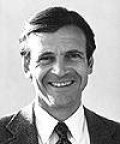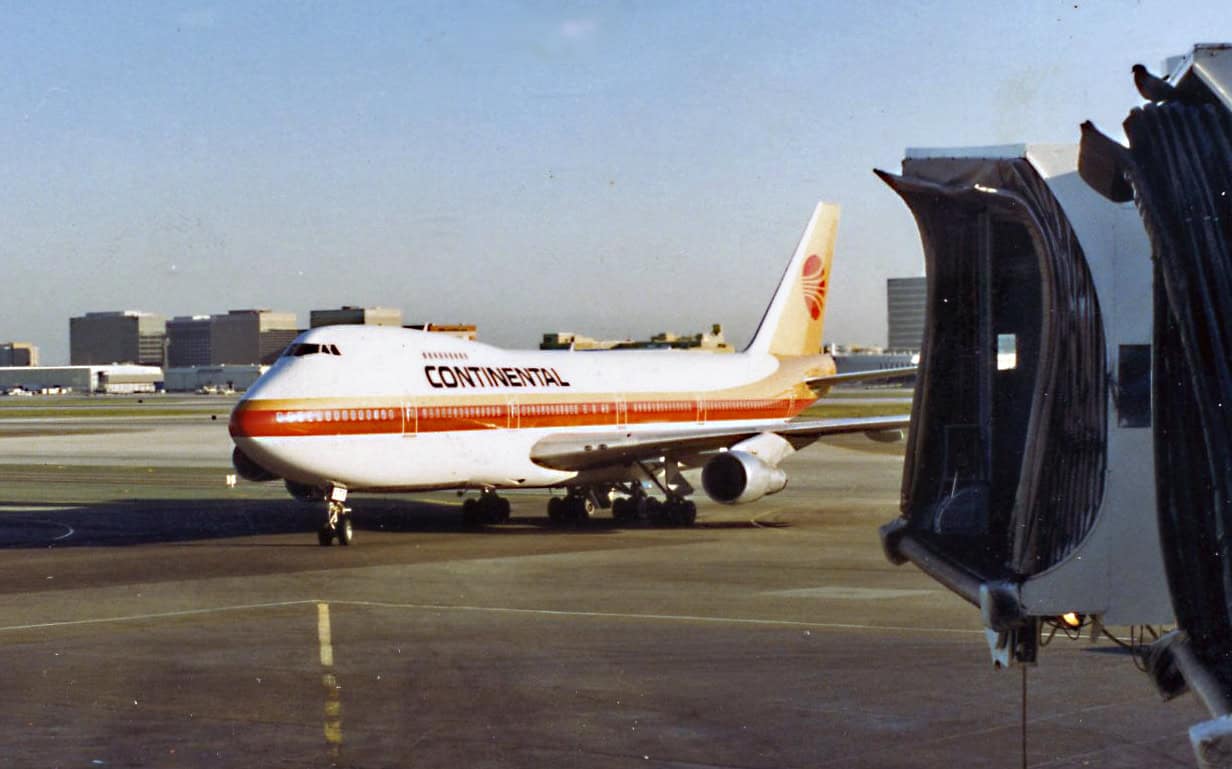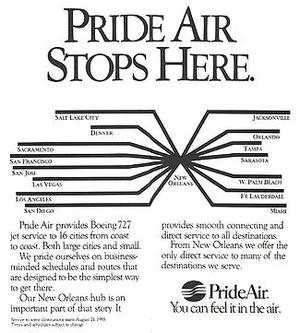Mergers in airlines were very common in the late 20th century, but one of the more dramatic mergers occurred between Continental Airlines and the Texas Air Corporation.
Many Continental employees even thought they could simply buy the airline to stop the takeover from happening.
The Battle for Continental
Continental reported losses of $20 million in 1980 and $60 million in 1981. The downward momentum occurred as the 1978 Airline Deregulation Act brought more airlines into the fold to compete with Continental. The financial difficulties made Continental vulnerable to being taken over by the Texas Air Corporation.
As the owners of Texas International Airlines (TIA), Texas Air wanted Continental’s vast network that covered much of the western United States. Owning Continental would allow Texas Air to compete with major carriers.
To legally take over Continental, Texas Air Founder Frank Lorenzo would purchase shares at a low price. Buying enough shares would make Lorenzo the majority owner of Continental.
However, a coalition of Continental employees tried to fight this by enacting the Employee Stock Ownership Plan (ESOP). The goal of this plan was to keep the airline independent from Texas Air and prevent imminent layoffs that would come from a takeover.
The ESOP didn’t require shareholder approval and planned to create as many as 15.4 million new shares, which would give the employees 51% ownership vs. Lorenzo’s 49% ownership. Two Continental pilots, Paul Eckel and Charles Cheeld III, would spearhead the ESOP.

Support for the ESOP was overwhelming, with nine banks offering $185 million in loans to finance the plan. Over 150 Continental employees also held a public event to raise awareness of the possible takeover at Houston’s Tranquility Park in May 1981.
Don’t Mess with Texas Air
However, the plan did come with several caveats. On 6 August 1981, the California Corporations Commission stated that the share insurance required approval from shareholders, which Texas Air could easily refuse. Two days later, the banks withdrew their loan commitments.
On 9 August, Continental CEO Alvin Feldman committed suicide in his office, not being able to handle the company’s troubles and the recent death of his wife. George Warde, who joined Continental as President and COO two weeks prior, became the new CEO.
Warde opposed the idea of the TIA takeover but ultimately didn’t believe the ESOP would hold without the banks’ support.

In a last-ditch effort, Eckel, Cheeld, and hundreds of other Continental employees pledged $200,000 in enlisting support from the California Chamber of Commerce and other labor groups. Their efforts led to a favorable 56-20 Assembly vote on 14 August to pass a bill that would waive the shareholder approval requirement from the ESOP.
The bill also passed the Senate and reached President Reagan’s desk by 13 October. However, Reagan ultimately vetoed it, allowing TIA’s takeover efforts to continue.
‘Through the months of this struggle to maintain our company’s independence, our actions have been guided by the belief, backed by facts, that a merger of the two companies would not be in the best interests of Continental, its shareholders, its employees, and the traveling public,’ said Eckel.
Continental Airlines: Under New Management
With Lorenzo’s hostile takeover looming, Continental’s pilots, officials, and nonunion personnel agreed to a 10% pay cut as part of an economic recovery plan.
On 25 November 1981, Texas Air secured 50.8% of the airline’s stock, making Lorenzo the majority owner. In 1982, Continental merged with TIA, and Lorenzo gave Continental a ‘no-frills’ model.
However, Lorenzo put Continental in bankruptcy protection in 1983 while slashing employee wages by half across the board.

These moves caused hundreds of Continental workers to resign. In 1983, Eckel formed his own airline, Pride Air. Eckel raised almost $20 million from former Continental employees and investors to start the airline, but it was only in service from 1 August to 15 November 1985 before funds ran out.
The sacrifices for Continental, however, did pay off later on. The airline exited bankruptcy in 1984, and with its low-cost focus, it would jump up to the number-three airline by 1986. Continental would also take over TIA’s hubs, making Continental the sole airline brand under Lorenzo. Lorenzo would manage Continental until 1990, when he was replaced by Hollis Harris.
